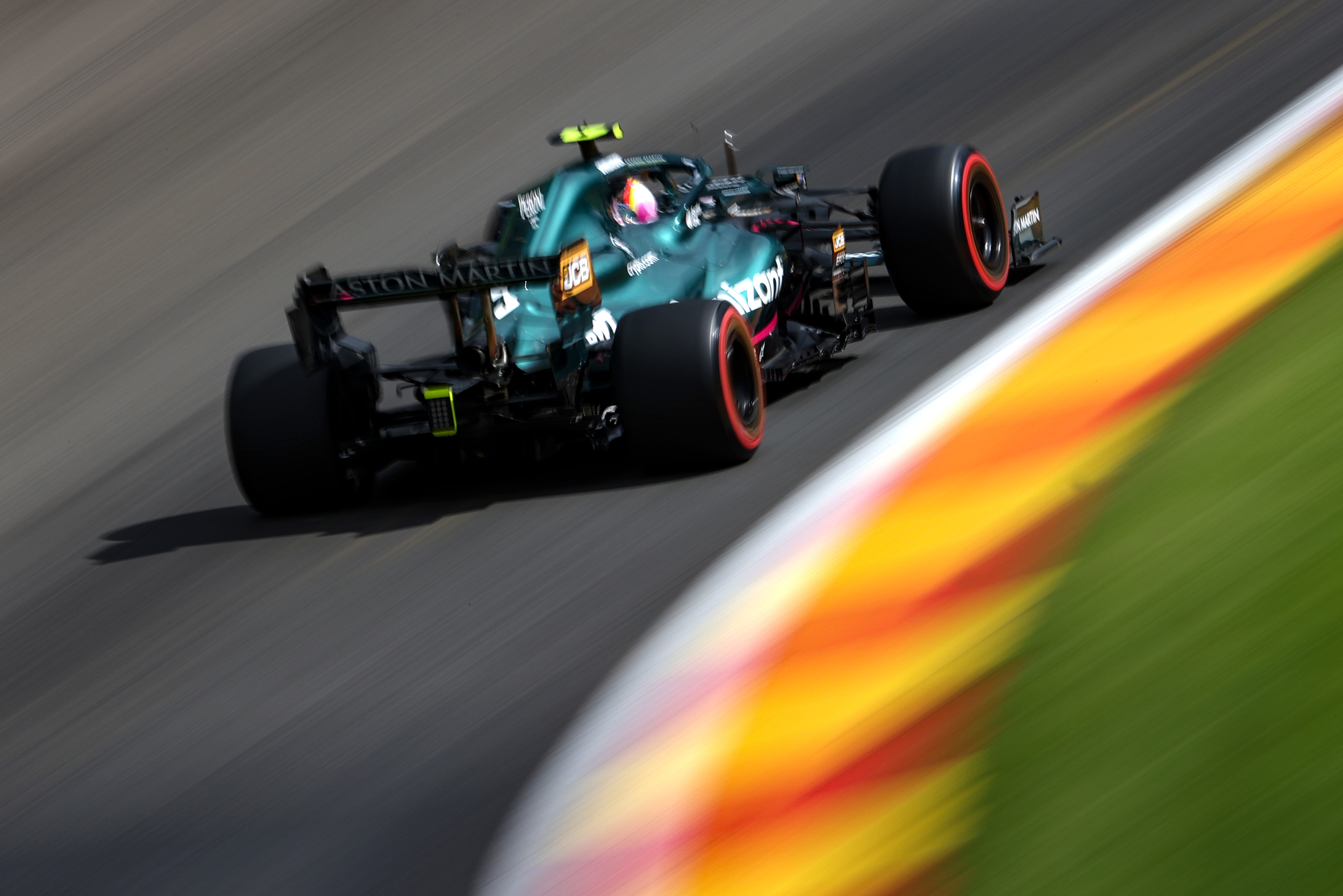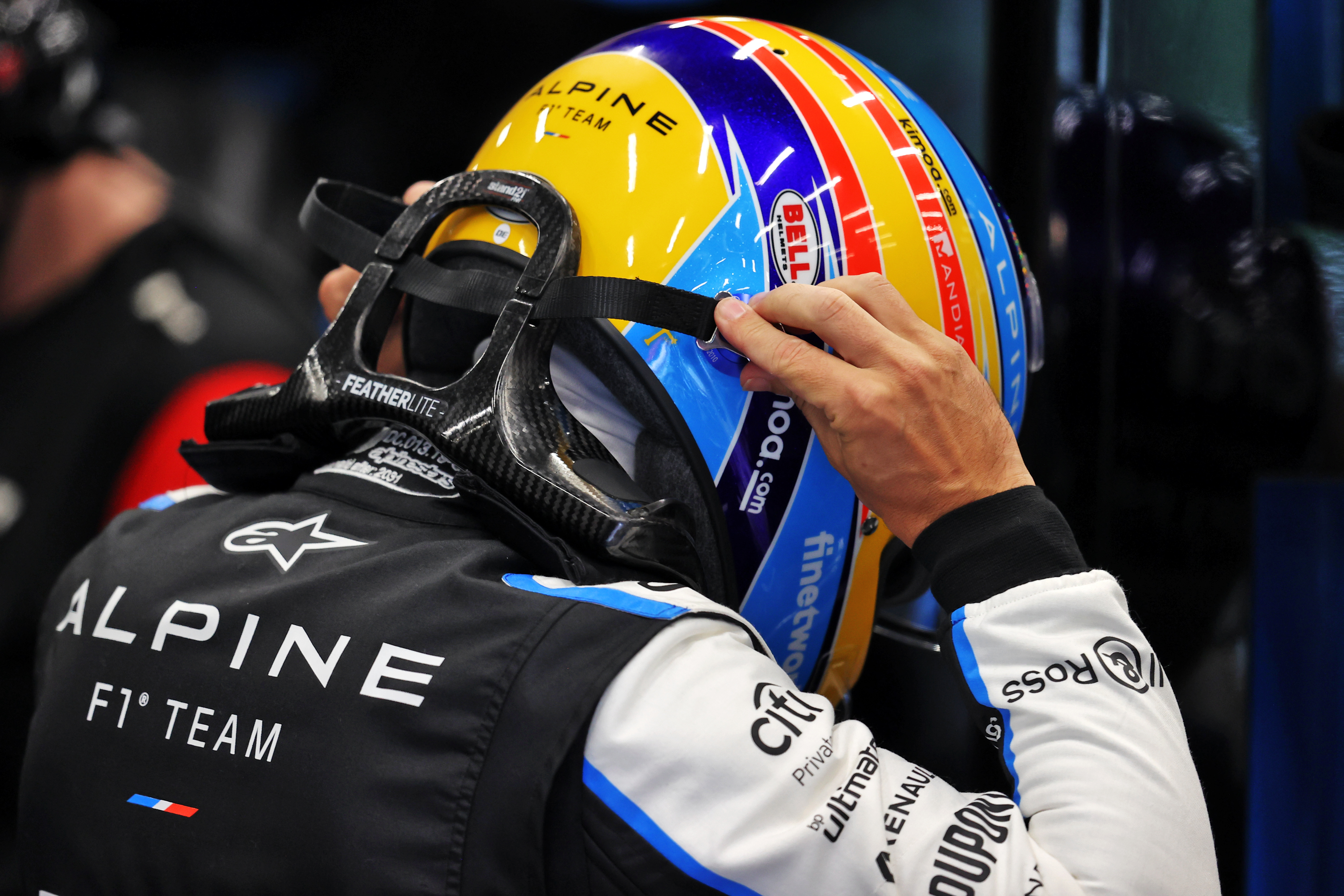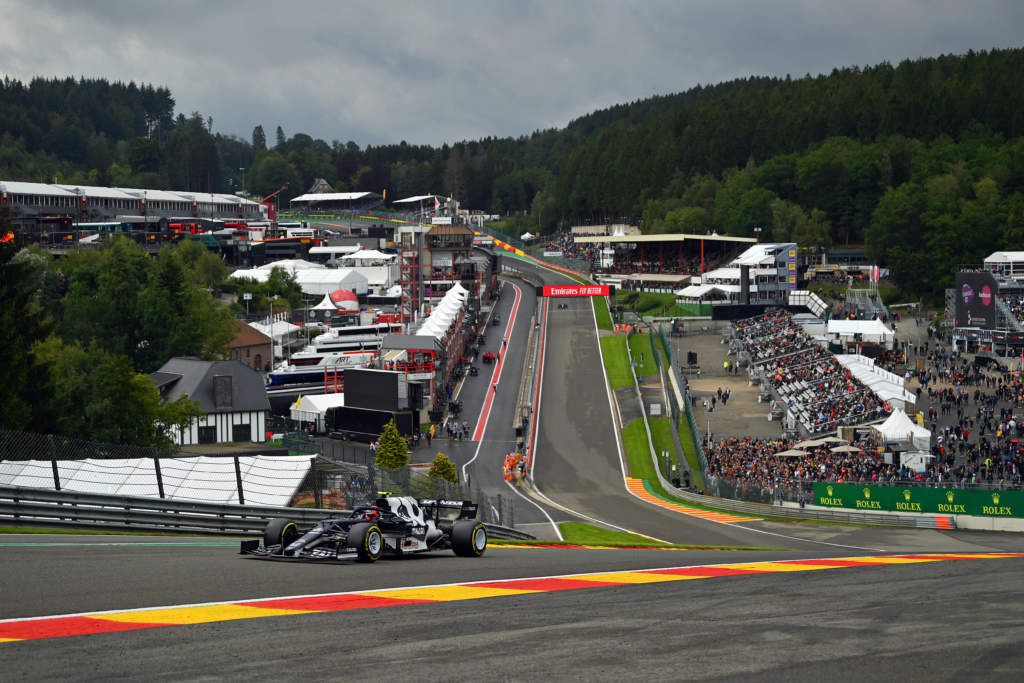Up Next

Four-time Formula 1 world champion Sebastian Vettel reckons Eau Rouge has become “too easy for us to go a lot faster than we should” and has questioned whether the corner needs to be made tighter.
Lando Norris’s heavy qualifying crash up the hill in wet conditions followed a violent six-car accident in the W Series qualifying session on Friday, and revived questions over the safety of the Eau Rouge/Raidillon sequence given the proximity of the barriers to the track – factors that caused Anthoine Hubert’s death in a Formula 2 race at Spa two years ago.
The iconic Eau Rouge/Raidillon corners were not originally part of the Spa circuit as the track turned left at the bottom of the hill and headed to the right-hand ‘Virage de l’Ancienne Douanne’ hairpin before the cars were sent back towards the current track and joined the Kemmel Straight via a left-hander.
This was changed in 1939 to make the track faster. Over the years, there have been significant changes to the safety of the corner, with barriers moved back to increase run-off, gravel traps added and later replaced with asphalt run-off and changes to the kerbing.
The left-right-left sequence itself has remained largely unchanged and that will also be the case next year when further amendments are made to the run-off area, which is expected to be extended on both sides to stop cars hitting the barriers and ending up back on the track so easily.
Vettel believes the corners have now become problematic in modern cars.

“These changes would have helped but I think in general probably Eau Rouge is too easy,” he said.
“They made it too easy for us to go a lot faster than we should, probably, in that place.
“It was a lot tighter many years ago so maybe we should go back to that. Always having more run-off is good because it’s a fast corner but the question is, is it too fast?
“In the dry it is not a corner for us but if something goes wrong it goes horribly wrong and in the wet it is just a lift so it’s probably too fast for what it is.”
Vettel’s view is the first to question the layout of the corners themselves even though many drivers have backed the planned changes to the run-off area.
Fernando Alonso supports the run-off changes but believes that the high-speed nature of Spa is “what makes it special” and suggested that a different barrier would save some accidents but not all of them.
“We’ve been racing with this configuration for many years and we know that it’s a high-speed corner,” he said.
“We had some important accidents, it’s true. But I think the FIA is aware of this, we’ve been introducing new devices in the car, new reinforcements in the car.
“Now they plan to change the barrier on the inside so there is continuous work on safety. So that’s very welcome, from a driver point of view and we all like this effort.
“But it’s gonna be always a motorsport challenge – the zero risk we will never reach probably. We are going in a good direction, that’s for sure, so I’m happy.”

Lewis Hamilton said he understands the “danger factor” given the incidents seen at Spa but would prefer the changes don’t interfere with the corner itself.
“I love Eau Rouge the way it is, the fact the track does hold the essence of that danger is good,” he said.
“I just hope the changes don’t take that feeling away. Because Eau Rouge is already flat in the dry, easy. It’s nice and tricky in the rain and that’s why Eau Rouge is Eau Rouge.
“I hope the changes make it safer but don’t make it less heart in mouth. We see that a lot in a lot of tracks, they make it so anyone can do it.”
Pierre Gasly, who was best friends with Hubert since childhood, said the most important thing is that change is coming in some form – even though he would like classic tracks like Spa preserved where possible.

“We already saw way too many crashes,” said Gasly.
“I’m not a fan of changing tracks. I like to keep them old-school and as they were in the past.
“But I think in that particular example, you see what’s happened in the past, it’s clearly needed.”







